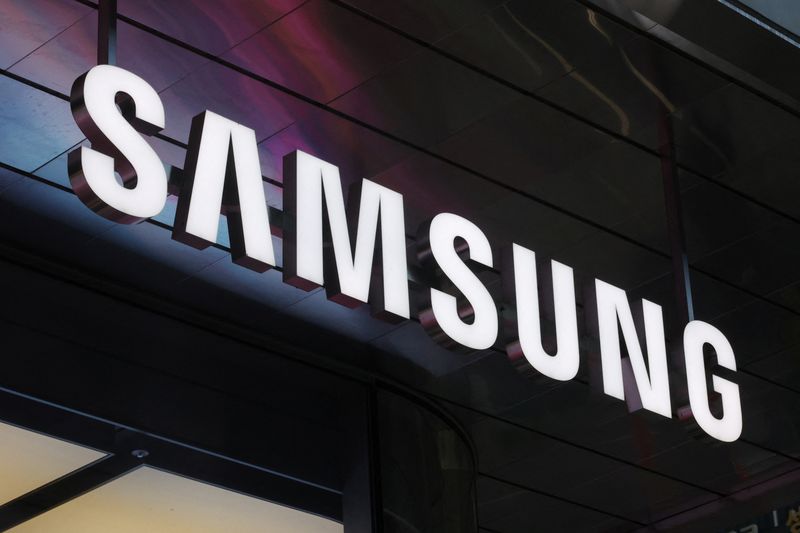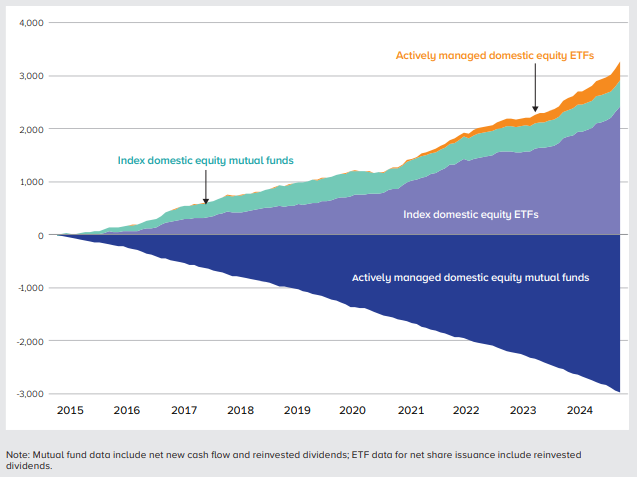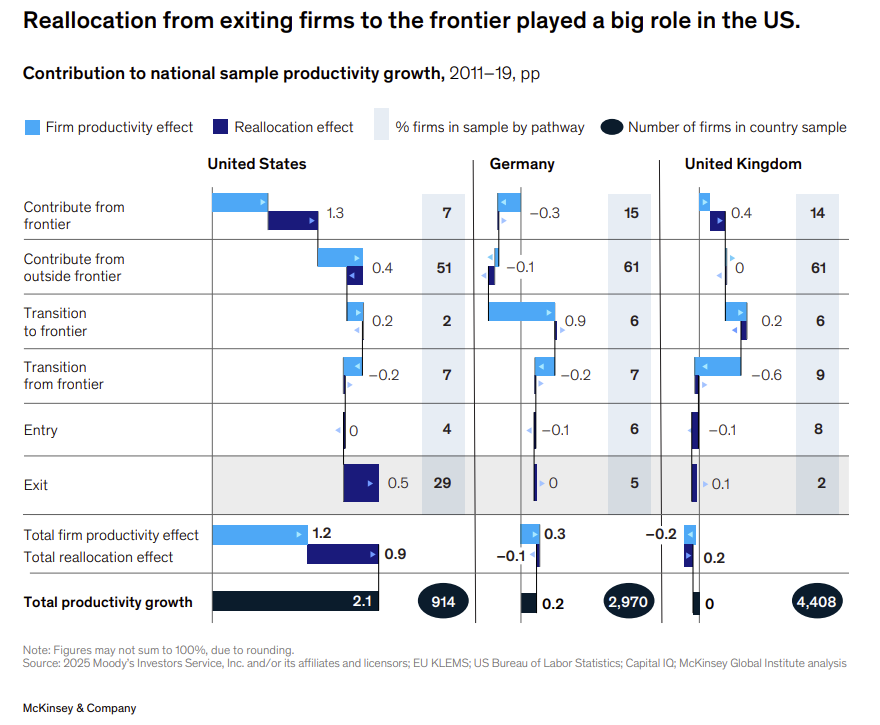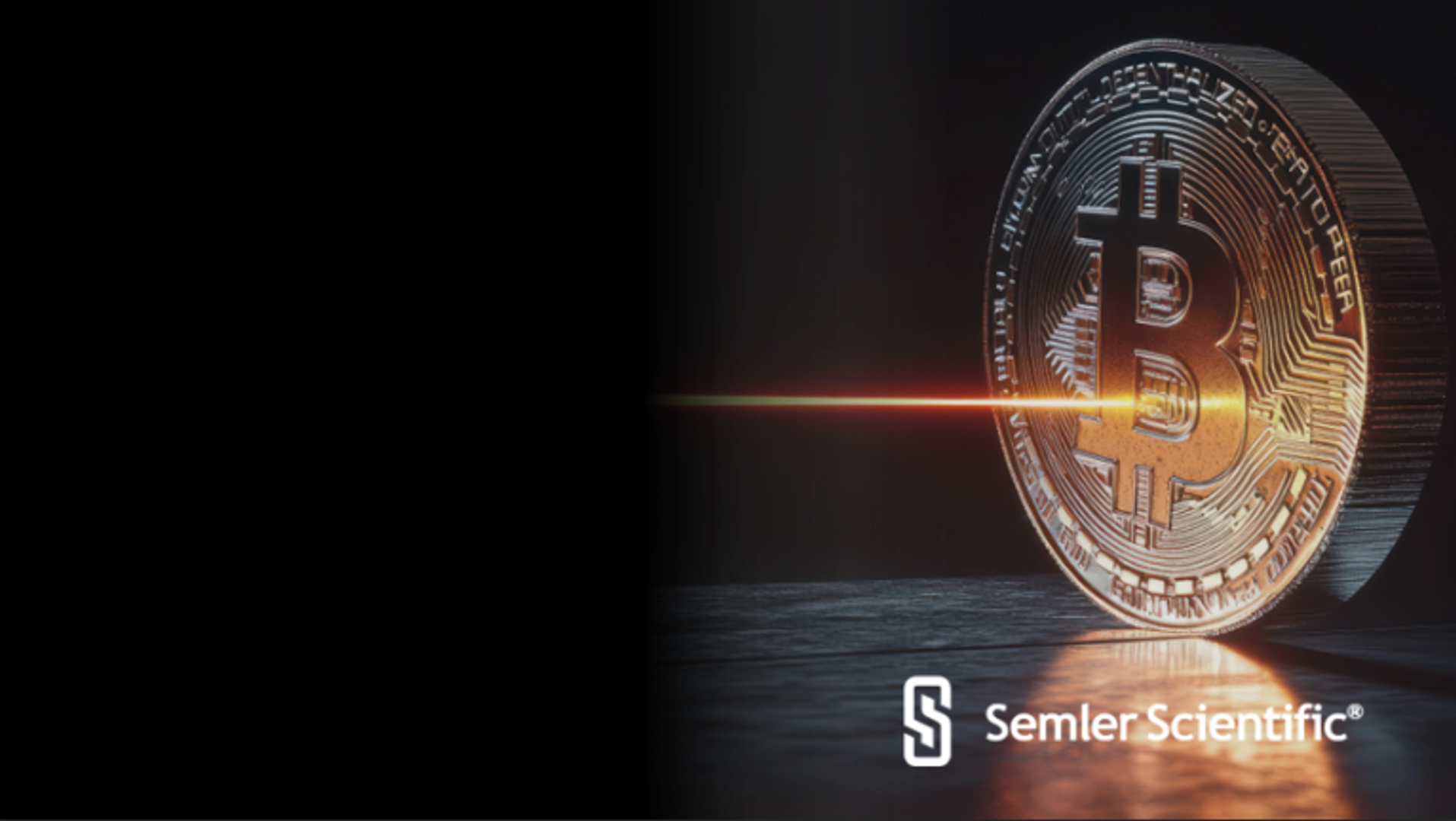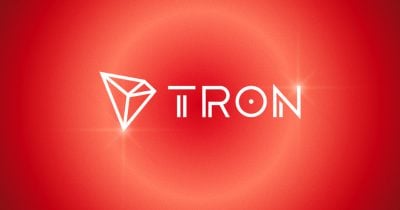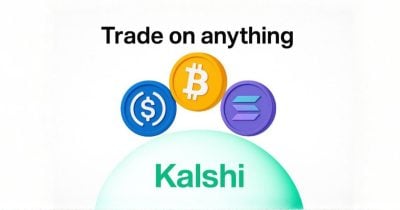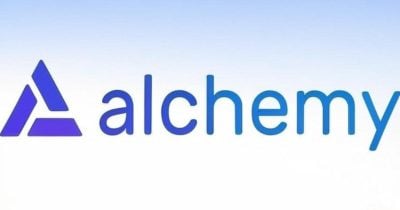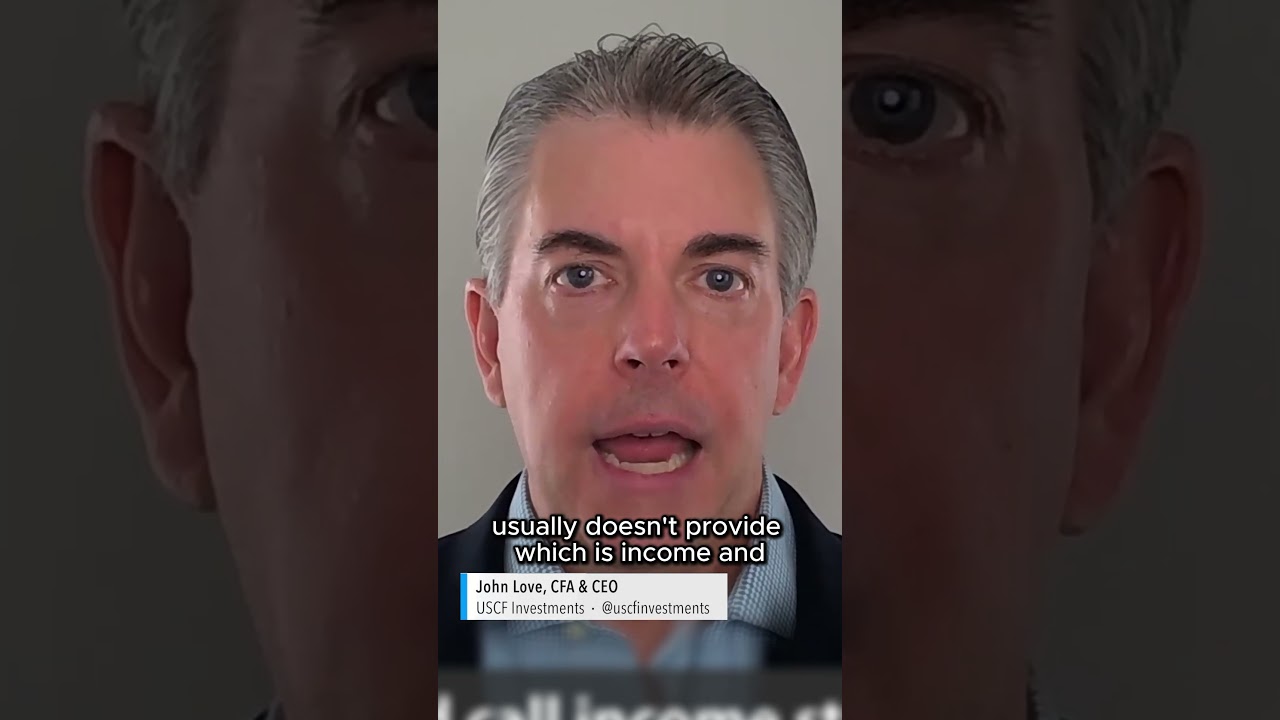SQQQ vs. SPXS: Which Inverse ETF Is a Better Buy?
The variety of exchange traded funds (ETFs) in the 2020s is truly dazzling. You can do just about anything with ETFs nowadays, and if you have a bearish outlook on the stock market, you might consider the ProShares UltraPro Short QQQ ETF (NASDAQ:SQQQ) or the Direxion Daily S&P 500 Bear 3X Shares ETF (NYSEARCA:SPXS). Leveraged […] The post SQQQ vs. SPXS: Which Inverse ETF Is a Better Buy? appeared first on 24/7 Wall St..

Key Points
-
The Direxion Daily S&P 500 Bear 3X Shares ETF (SPXS) is comparatively less risky but may offer less reward.
-
Meanwhile, the ProShares UltraPro Short QQQ (SQQQ) is suited for risk-tolerant tech-market bears.
-
Are you ahead, or behind on retirement? SmartAsset’s free tool can match you with a financial advisor in minutes to help you answer that today. Each advisor has been carefully vetted, and must act in your best interests. Don’t waste another minute; get started by clicking here.(Sponsor)
The variety of exchange traded funds (ETFs) in the 2020s is truly dazzling. You can do just about anything with ETFs nowadays, and if you have a bearish outlook on the stock market, you might consider the ProShares UltraPro Short QQQ ETF (NASDAQ:SQQQ) or the Direxion Daily S&P 500 Bear 3X Shares ETF (NYSEARCA:SPXS).
Leveraged inverse ETFs can score you big-time profits, especially if the stock market crashes. Within certain limitations, the SQQQ ETF and the SPXS ETF can potentially magnify your returns when stock market indexes fall.
Which of these two funds is the better pick for pessimistic traders, though? Today, we’ll explore the ins and outs of the ProShares UltraPro Short QQQ ETF and the Direxion Daily S&P 500 Bear 3X Shares ETF. After comparing this pair of audacious ETFs, you should be ready to choose the one that’s right for you.
A Pair of Fast-Moving Funds
The two funds under consideration today have a lot in common. They’re both inverse funds that move in the opposite direction of a major stock market index. Furthermore, they’re both triple-leveraged, so they move three times as fast in the reverse direction of a stock index.
Suffice it to say, these ETFs aren’t for the faint of heart and shouldn’t be purchased in large quantities. Also, for reasons we’ll discuss shortly, these two funds aren’t meant to be held for more than a few days or maybe a couple of weeks at the longest.
Starting with the Direxion Daily S&P 500 Bear 3X Shares ETF, this fund seeks a daily result of 300% of the inverse (opposite) price move of the S&P 500. This ETF is reset/rebalanced daily, so beyond one day, there’s no assurance of faithful triple-leveraged inverse movement to the S&P 500.
The same issue applies to the ProShares UltraPro Short QQQ ETF, which seeks daily investment results corresponding to three times the inverse of the daily price moves of the NASDAQ 100 index. If the SQQQ ETF is held for more than a day, there’s no assurance of accurate triple-leveraged reverse tracking of the NASDAQ 100.
The point here is that, with both of these funds, a long-term buy-and-hold strategy could incur unexpected results. Hence, these two ETFs are best suited for nimble short-term traders.
Two ETFs for Market Downturns
There are also annual management fees to consider, which are calculated as an expense ratio. For the the ProShares UltraPro Short QQQ ETF, the expense ratio is 0.95%; this means that the fund managers will deduct $0.95 per year for every $100 you invest in the fund.
In contrast, the expense ratio for the Direxion Daily S&P 500 Bear 3X Shares ETF is 0.87%, which equates to $0.87 per year for every $100 invested. Consequently, we can score a point in favor of SPXS over SQQQ because the management fees are moderately lower.
Nevertheless, even after the management fees are deducted, both the ProShares UltraPro Short QQQ ETF and the Direxion Daily S&P 500 Bear 3X Shares ETF should provide fast profits during a sharp stock market downturn. Just be sure to take those profits quickly since SQQQ and SPXS aren’t designed for accurate inverse index tracking beyond one day.
So far, the Direxion Daily S&P 500 Bear 3X Shares ETF looks better than the ProShares UltraPro Short QQQ ETF because of its lower expense ratio. Moreover, there’s another reason to choose SPXS over SQQQ, so let’s move on to that topic now.
Taking a “Safety First” Approach
Both of these funds are highly risky, even if you only hold them for a day. Triple-magnified inverse index tracking potentially means huge financial losses for you if the stock market goes up.
Take a moment to think about which indexes these ETFs are inverse- tracking. The Direxion Daily S&P 500 Bear 3X Shares ETF inverse-tracks the S&P 500, which is highly diversified with around 500 stocks. This index doesn’t usually move very far on any given day.
In contrast, the ProShares UltraPro Short QQQ ETF inverse-tracks the NASDAQ 100 index, which only includes around 100 stocks and these stocks are mostly in one market sector (technology). Therefore, it’s not unusual for the NASDAQ 100 to move faster than the S&P 500, and on many days you’ll probably see SQQQ moving faster than SPXS.
With leveraged funds, it’s a good idea to take a “safety first” approach and choose less risky ETFs. In that regard, the Direxion Daily S&P 500 Bear 3X Shares ETF appears to be a better choice than the ProShares UltraPro Short QQQ ETF.
While my preferred overall pick is the SPXS ETF, short-term investors might still choose the SQQQ ETF. If you have a reason to believe that technology stocks will decline on a particular day, then the ProShares UltraPro Short QQQ ETF could be the right choice for a quick, in-and-out trade.
Really, then, your purpose and objectives should determine which fund is right for you. That said, I would restrict my use of the ProShares UltraPro Short QQQ ETF to very short-duration, speculative trades and in most instances, I would prefer the Direxion Daily S&P 500 Bear 3X Shares ETF.
The post SQQQ vs. SPXS: Which Inverse ETF Is a Better Buy? appeared first on 24/7 Wall St..





















































